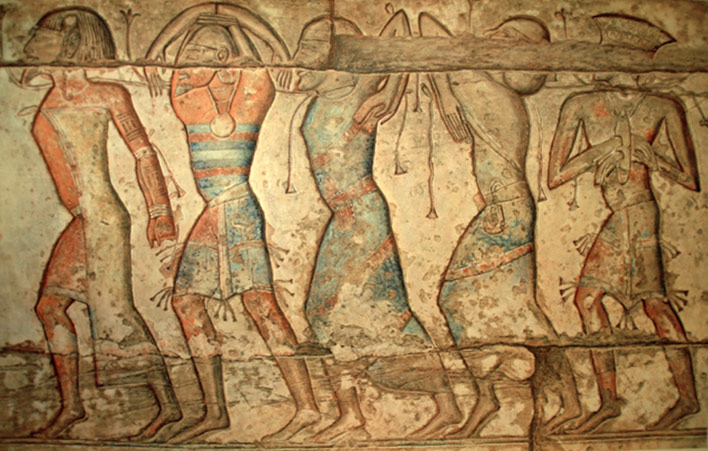
The Bronze Age Collapse:
The First Global Economy
Captive “Sea Peoples” from a relief at Medinet Habu temple.
Could a series of catastrophes over a century or more have led to the final collapse of the Bronze Age civilizations in the Aegean, Egypt, and the Near East after nearly two thousand years of growth and prosperity? The historian Eric Cline thinks so: “We must now turn to the idea of a systems collapse, a systemic failure with both a domino and multiplier effect, from which even such a globalized international, vibrant, intersocietal network as was present during the Late Bronze Age could not recover.” Are there lessons here for our own time?
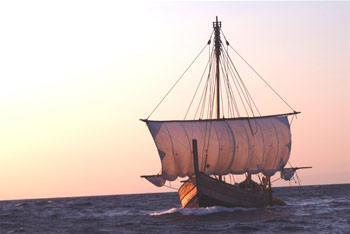
In 1982, a diver discovered a shipwreck off the shore of Uluburun, on the southwest coast of Turkey, that proved to be a turning point in our understanding of the extent of trade and contact between the peoples of the Late Bronze Age. The sunken vessel dated to about 1,300 BCE, and, as the oldest of three vessels found from the period, it finally focused attention on the magnitude of international trade in this region over 3,000 years ago.
From the ship’s cargo, it almost certainly was traveling westward. Beginning its journey possibly from the Levant, and stopping at Ugarit in northern Syria and then Cyprus, it probably followed the southern coastline of Anatolia (modern Turkey), bound for a port city in the Aegean. Along the way, it had taken on board what Eric H. Cline, the author, historian, archaeologist, and professor of Classics and Anthropology at The George Washington University, describes as “an incredible assortment of goods.”
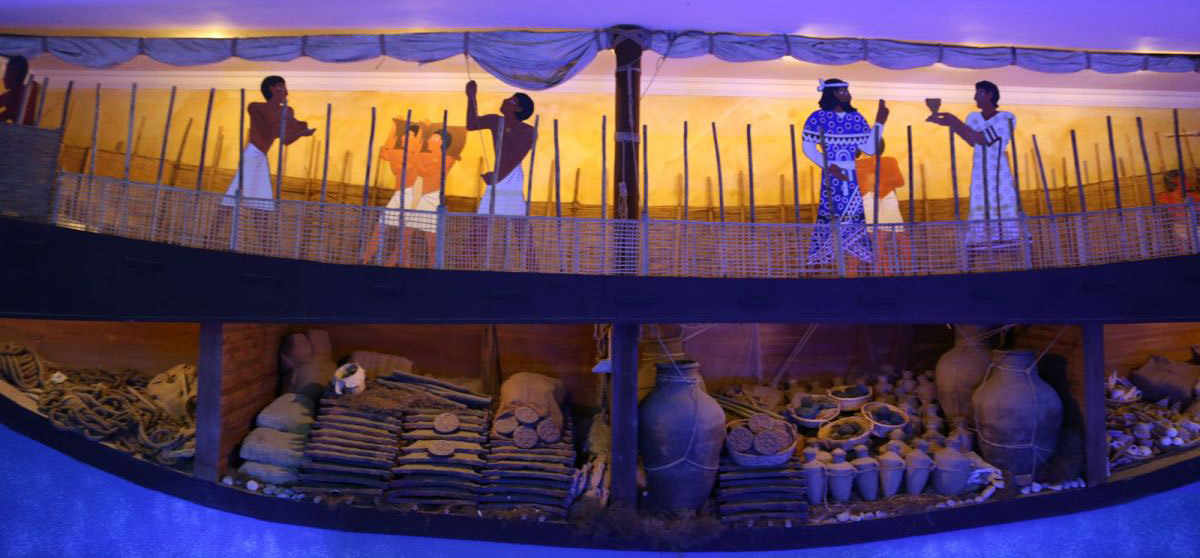
To appreciate the extent of international trade and contact at the time, consider this list from Cline’s fascinating book, 1177 B.C.: The Year Civilization Collapsed, of the cargo found on this vessel:
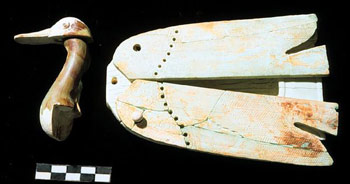
“In addition to its primary cargo of ten tons of Cypriot copper, one ton of tin, and a ton of terebinth resin, – (from pistachio trees) that could be used in the perfume manufactured at Pylos on mainland Greece and then shipped back to Egypt and the Eastern Mediterranean…. There were also two dozen ebony logs from Nubia; almost two hundred ingots of raw glass from Mesopotamia, most colored dark blue, but others of light blue, purple, and even a shade of honey/ amber; about 140 Canaanite storage jars in two or three basic sizes, which contained the terebinth resin, remains of grapes, pomegranates, and figs, as well as spices like coriander and sumac; brand-new pottery from Cyprus and Canaan, including oil lamps, bowls, jugs, and jars; scarabs from Egypt and cylinder seals from elsewhere in the Near East; swords and daggers from Italy and Greece (some of which might have belonged to crew members or passengers), including one with an inlaid hilt of ebony and ivory; and even a stone scepter-mace from the Balkans. There was also gold jewelry, including pendants, and a gold chalice; duck-shaped ivory cosmetic containers; copper, bronze, and tin bowls and other vessels; twenty-four stone anchors; fourteen pieces of hippopotamus ivory and one elephant tusk; and a six-inch-tall statue of a Canaanite deity made of bronze overlaid with gold in places—which, if it was supposed to serve as the protective deity for the ship, didn’t do its job very well…. The tin probably came from the Badakhshan region of Afghanistan, one of the few places where it was available during the second millennium BC. The lapis lazuli on board came from the same area, traveling thousands of miles overland before being brought onto the ship…. One of the smallest objects found on board the ship was also one of the most important— an Egyptian scarab made of solid gold. Rare as such an object might be, it was made even more unusual by the hieroglyphs inscribed upon it, for they spelled out the name of Nefertiti, wife of the heretic pharaoh Akhenaten.”
Cline surmises the ship may well have been sent from Mycenae “on a shopping expedition to the Eastern Mediterranean and sank on the return voyage.” As he points out, from the gold scarab we know that it could not have left Egypt before Nefertiti came to power in Egypt about 1350 BCE. Three other independent dating mechanisms, including radiocarbon dating, all point to this same period for the ship—the beginning of the thirteenth century BCE.
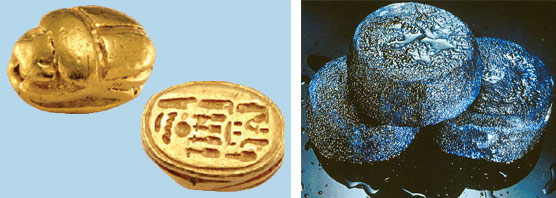
Much like contemporary global relations, we know from written evidence as early as 1800 BCE that numerous networks were necessary to keep the economy in the Aegean and Eastern Mediterranean region functioning smoothly. Thousands of tablets containing important information about the administration of the city-state of Mari have been found, including over 3,000 letters that reveal the nature of diplomatic relations between political entities in the region, and the trading networks that connected areas as far as Afghanistan (from where they acquired tin), to Cyprus (known for its copper) and Crete (known for its bronze, so an importer of both). Written sources include the royal correspondence known as the Amarna Letters in Egypt from the time of the pharaohs Amenhotep III and Akhenaten in the mid-fourteenth century BCE, the archives at Ugarit in north Syria during the late thirteenth and early twelfth centuries, and those at Hattusa in Anatolia during the fourteenth to twelfth centuries. They all speak of diplomatic, commercial, transportation and communication networks, and reveal the ups and downs of diplomatic relationships between pharaohs and kings, their states and empires.
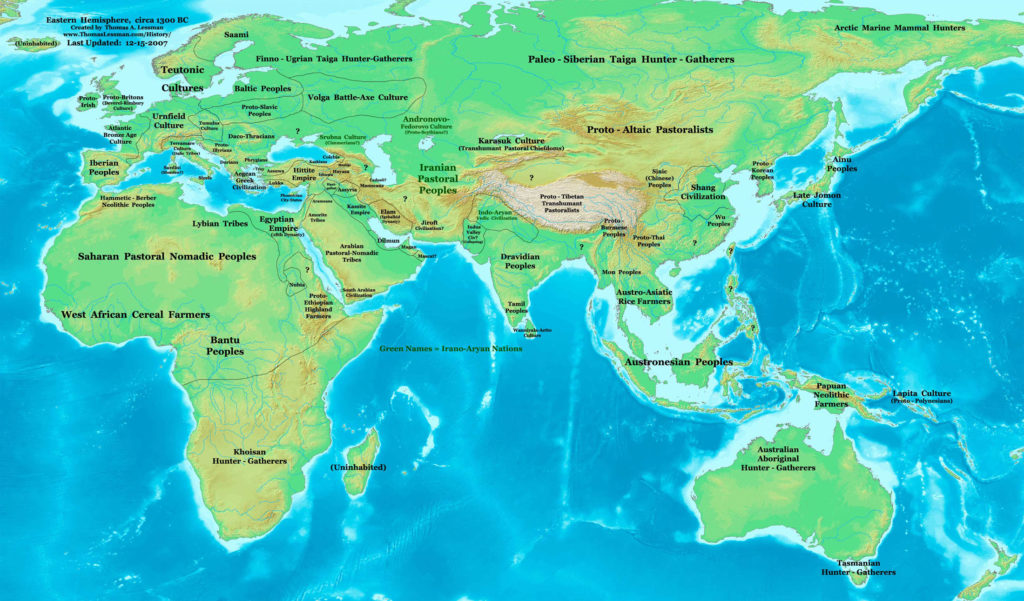
They refer to extravagant gifts exchanged between leaders, such as from Akhenaten to the Kassite king of Babylon: one gift list included gold, copper, silver and bronze, and takes up “more than three hundred lines of writing on the tablet.” Control of Nubian gold mines meant that the Egyptians had access to vast quantities of gold, which appears to have been well known internationally. Described often in the Amarna collection from outside royal petitioners as “gold is like dust in your land,” or “in my brother’s country, gold is as plentiful as dirt.” Gold might be requested in exchange for a marriageable daughter, or because of an existing “brotherly” relationship. Family relationship bonds, inferred or real, strengthened ties, cemented relationships and treaties between rulers.
From about 1800 BCE until around 1200 BCE, commerce in the region flourished to the extent that it can be described as the earliest known example of global trade. It included Minoans, Myceneaeans, Hittites, Assyrians, Babylonians, Mitannians, Canaanites, Cypriots and Egyptians with trade routes to Afghanistan and the Indus Valley. The Bronze Age world exchanged not only goods, but people and ideas – soldiers, merchants, sailors, craftsmen, all bringing with them their stories, histories, insights and religious beliefs to share and compare with others in bazaars, taverns and marketplaces.
From about 1800 BCE until around 1200 BCE, commerce in the region flourished to the extent that it can be described as the earliest known example of global trade.
Since most of the cargo sent around the Aegean, Egypt and the Near East was likely perishable, the evidence we have centuries later is a tiny fraction of what took place. However, according to Cline, “We can say with certainty that the far-reaching civilizations that were still flourishing in the Aegean and the ancient Near East in 1225 BC had begun to vanish by 1177 BC and were almost completely gone by 1130 BC. The mighty Bronze Age kingdoms and empires were gradually replaced by smaller city-states during the following Early Iron Age. Consequently, our picture of the Mediterranean and Near Eastern world of 1200 BC is quite different from that of 1100 BC and completely different from that of 1000 BC.”
External Stories and Videos
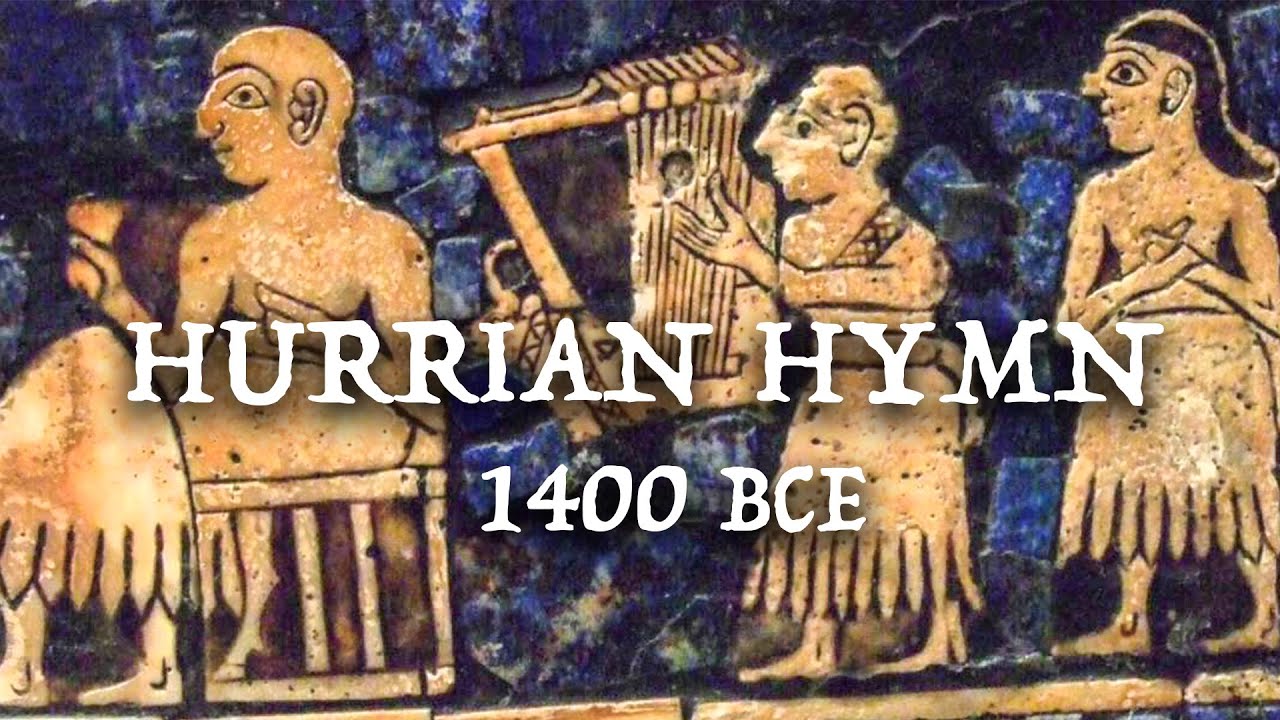

The Oldest (Known) Song of All Time
The Hurrian Hymn is history’s oldest known song. It’s the earliest written song that can be reconstructed.
